Introduction
Water supply, sewage systems, and industrial flowlines in Pakistan face unique challenges from outdated infrastructure to growing urban demand. Amidst these concerns, one material is reshaping how we think about plumbing and durability of HDPE pipes in Pakistan. Known for their flexibility, resilience, and longevity, HDPE (High-Density Polyethylene) pipes are fast becoming the top choice for engineers, builders, and city planners alike. In this article, we break down the uses, types, pros, cons, and things you should know about these game-changing pipes.
How HDPE Pipes in Pakistan Are Reshaping Infrastructure
Why HDPE Pipes Are Crucial for Pakistan’s Growth
hdpe pipes in Pakistan are known for their ability to handle pressure, resist corrosion, and last for decades with minimal maintenance. This makes them perfect for a country like Pakistan, where clean water delivery and reliable drainage are critical to urban and rural development.
Pakistan faces extreme temperatures, uneven terrain, and water contamination risks. Traditional piping materials often fail in these conditions. HDPE, however, adapts better — offering long-term reliability and environmental benefits.
1. Water Supply Lines
Durability in Harsh Conditions
These pipes resist wear from both external stress and internal pressure. Whether laid above ground or buried deep, they keep their structure stable and leak-free.
Safe for Drinking Water
Because of their non-toxic build, HDPE pipes are commonly used in municipal and residential water distribution networks. They don’t corrode or leach harmful chemicals.
2. Agricultural Irrigation
Flexibility in Layout
Agricultural areas benefit from how easily HDPE pipes can bend and run across long distances. They suit both drip and sprinkler systems, especially in Punjab and Sindh.
Reduced Water Wastage
With strong jointing and low leakage rates, they help conserve water — a crucial factor in a country facing water scarcity.
3. Sewage and Drainage Systems
High Flow Capacity
HDPE’s smooth interior surface allows faster flow with fewer blockages. In urban drainage systems, this feature helps prevent flooding and backflow.
Corrosion Resistance
Unlike steel or iron, HDPE doesn’t degrade in acidic or alkaline waste, making it ideal for sewage lines.
4. Gas Distribution Networks
Leak-Proof Jointing
HDPE pipes use heat fusion for joining, making the connections stronger than the pipe itself reducing gas leakage risks in distribution networks.
Adaptability to Terrain
Hilly areas like Baluchistan and Khyber Pakhtunkhwa need pipes that can withstand movement. HDPE’s flexibility meets that demand.
5. Industrial Use
Chemical Resistance
From textile units to chemical plants, industries need piping that doesn’t react with harsh compounds. HDPE holds up against acids, bases, and solvents.
Ease of Installation
Its lightweight nature makes it easier and cheaper to install in industrial zones compared to metal alternatives.
Comparison Table: HDPE vs Traditional Pipe Materials
| Feature | HDPE Pipes | Steel Pipes | PVC Pipes |
|---|---|---|---|
| Lifespan | 50+ years | 20–30 years | 20–40 years |
| Corrosion Resistance | Excellent | Poor | Moderate |
| Flexibility | High | Low | Low |
| Leakage Risk | Very Low | High | Medium |
| Installation Cost | Medium | High | Low |
| Chemical Resistance | Excellent | Moderate | Moderate |
Choosing the Right HDPE Pipe in Pakistan
Before purchasing, consider these factors:
- Diameter and pressure class according to your usage.
- Jointing method (butt fusion, electrofusion).
- Manufacturer credibility and certifications (like ISO or PSQCA).
- Environmental and soil conditions at the installation site.
Caring for HDPE Pipes
Though durable, HDPE pipes benefit from occasional checks:
- Inspect joints every few years.
- Avoid sharp objects or high heat during installation.
- Keep away from long-term exposure to harsh chemicals not intended for the pipe grade.
Final Thoughts
HDPE pipes in Pakistan are more than just an alternative — they represent a step toward smarter infrastructure. With their unmatched versatility and cost-effectiveness, they are vital for sustainable urban and rural development. Whether you’re building a small home or leading a city project, understanding and choosing the right piping can shape the safety and efficiency of your system for years.
FAQs
Q: What does HDPE stand for?
A: High-Density Polyethylene — a thermoplastic material used for piping.
Q: Are HDPE pipes better than PVC?
A: For pressure-based applications like water and gas, HDPE is generally more durable and flexible.
Q: Can HDPE pipes be used underground?
A: Yes, they are ideal for underground installations due to their resistance to soil movement and chemicals.
Q: Are HDPE pipes safe for drinking water?
A: Absolutely. They are food-grade and free from harmful leaching.
Q: What sizes are available in Pakistan?
A: Ranging from 20mm to 1600mm, depending on your project needs.
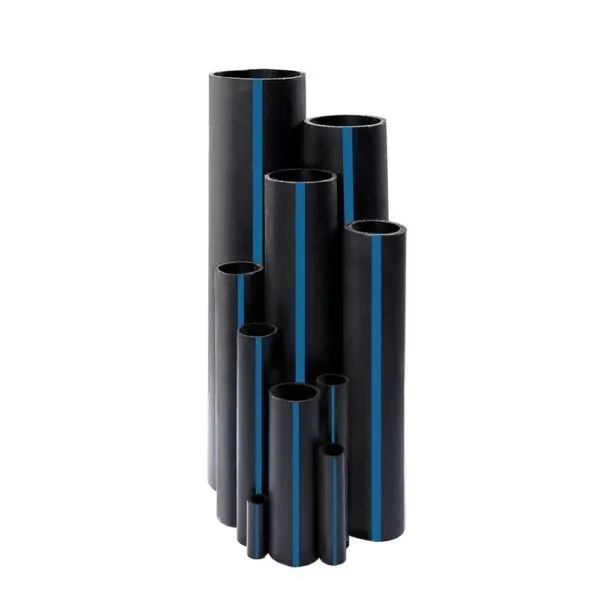
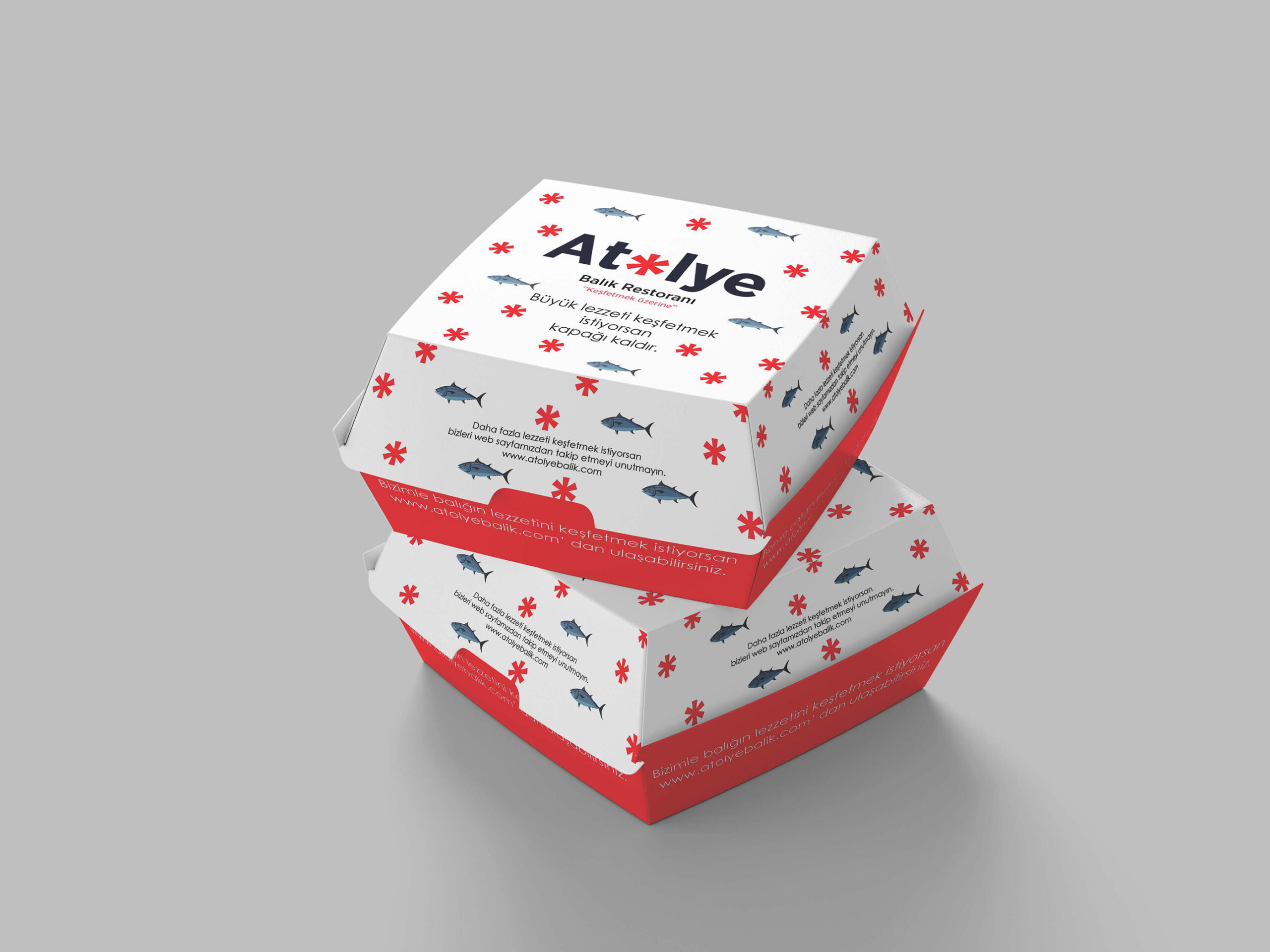
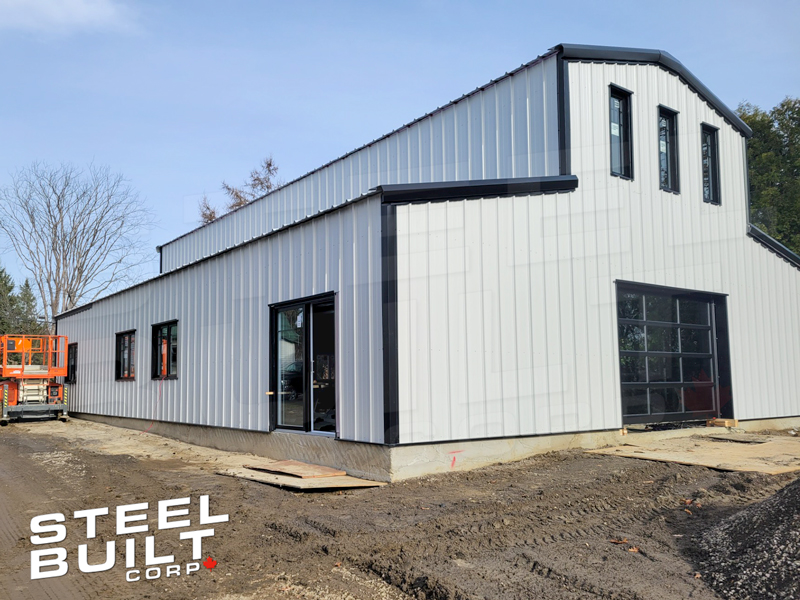




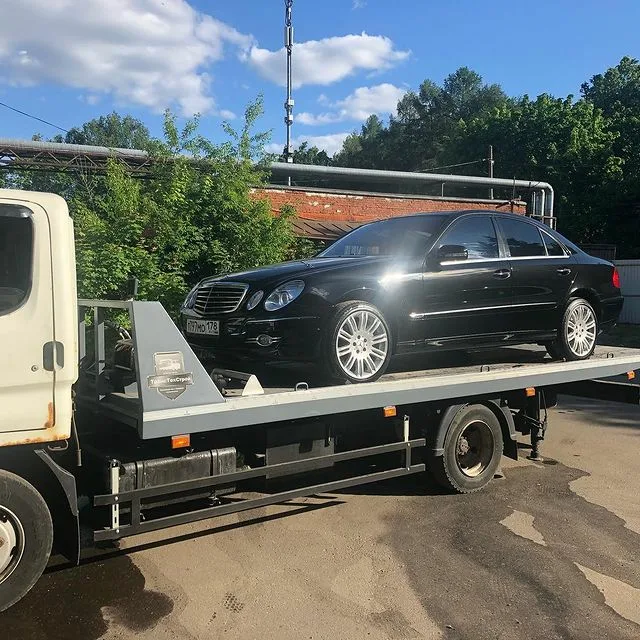

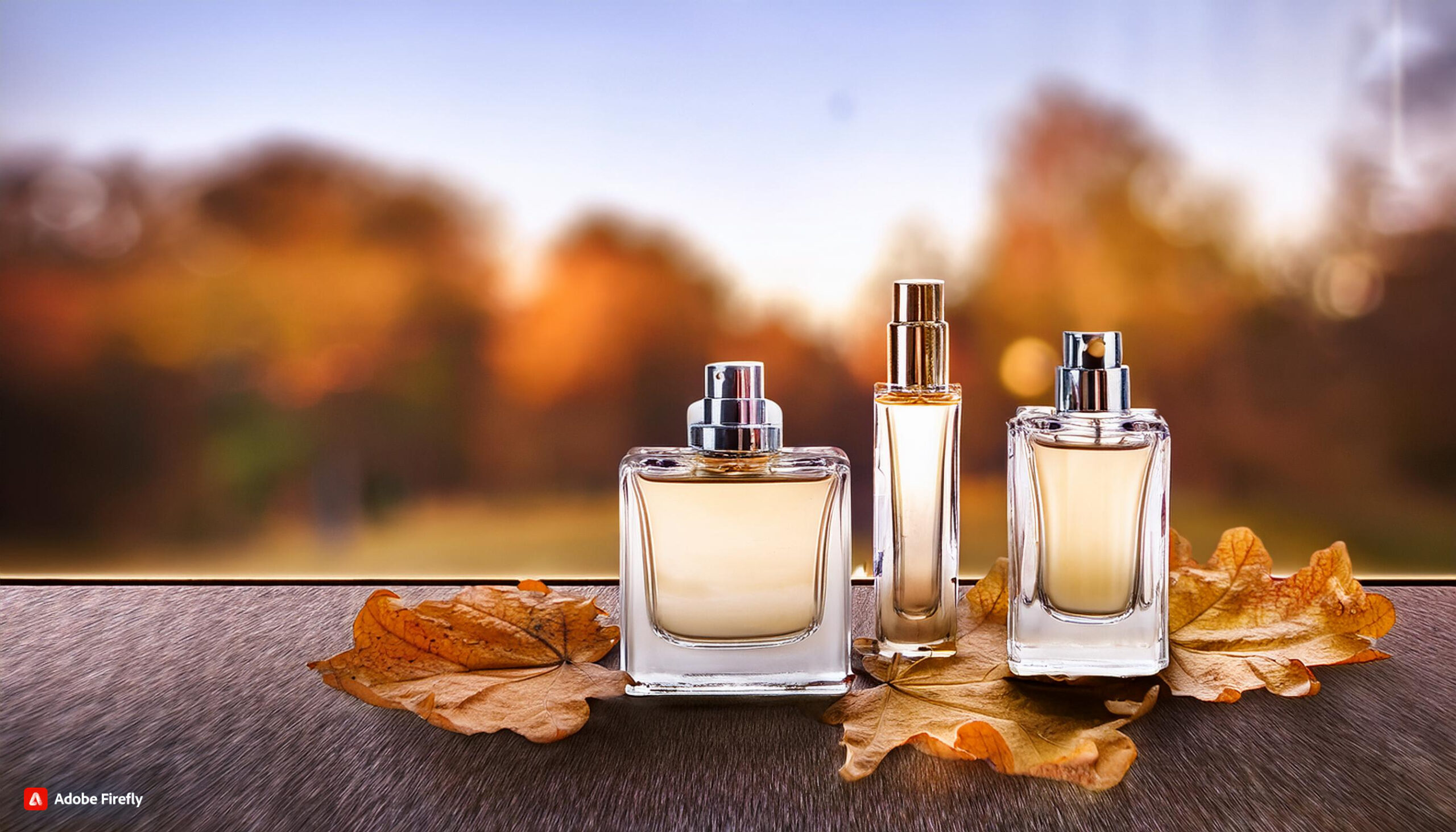



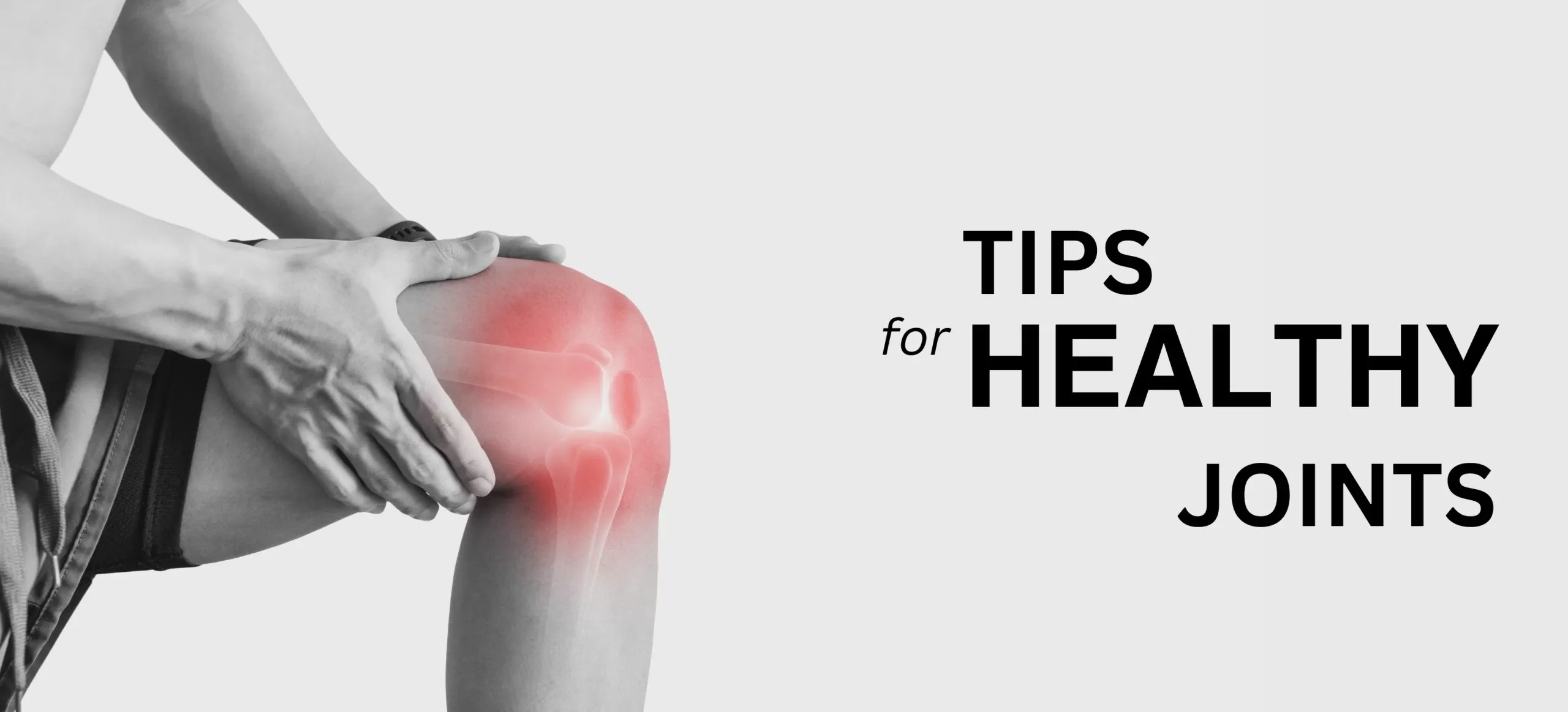
Leave a Reply